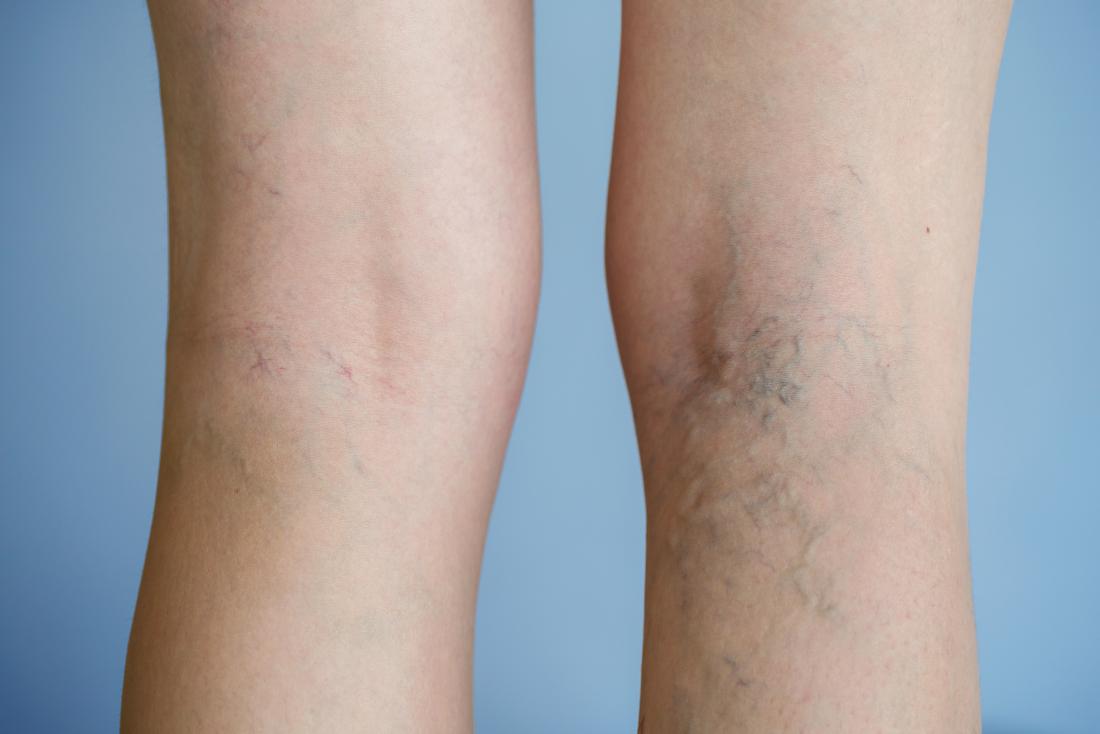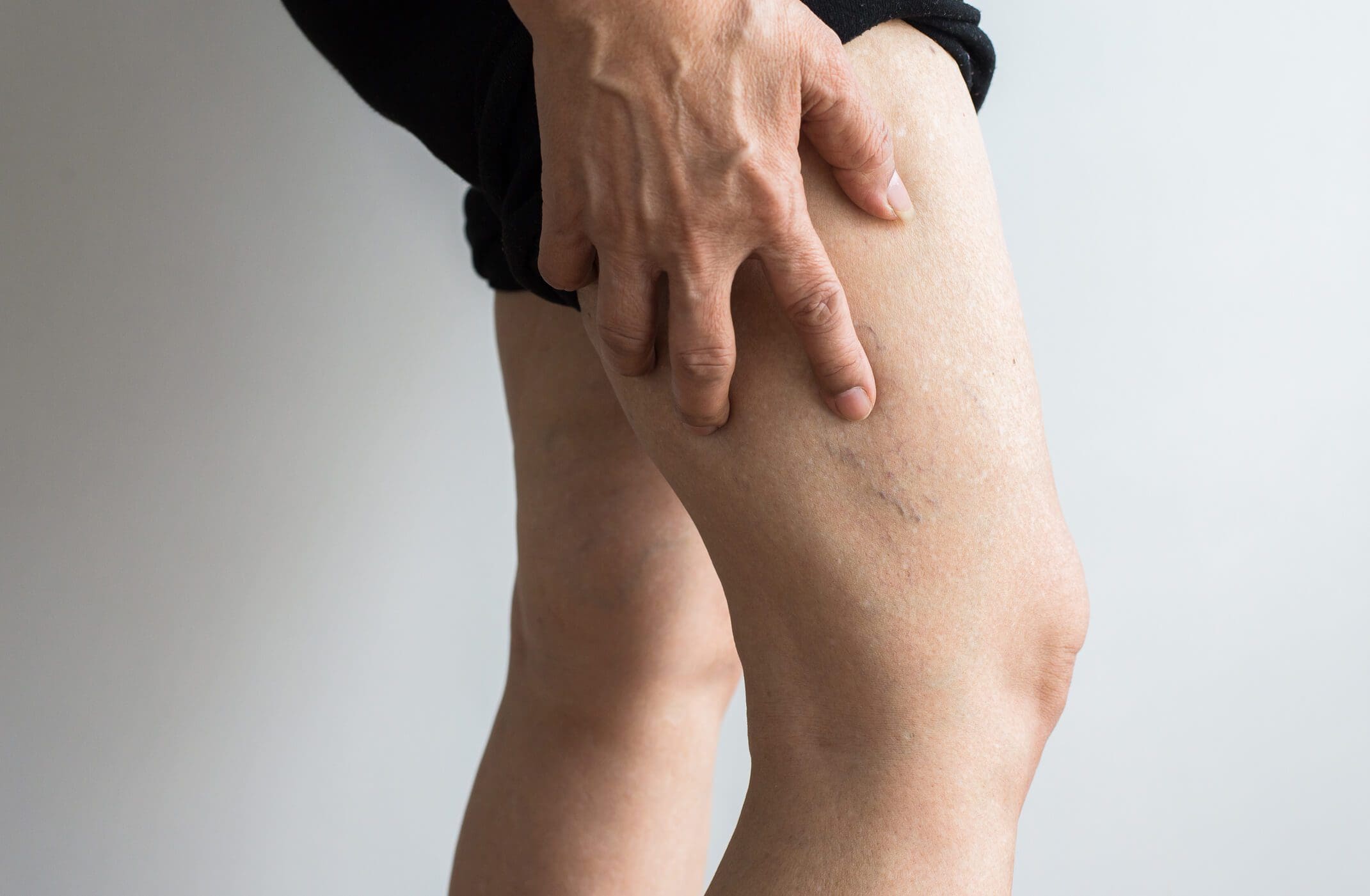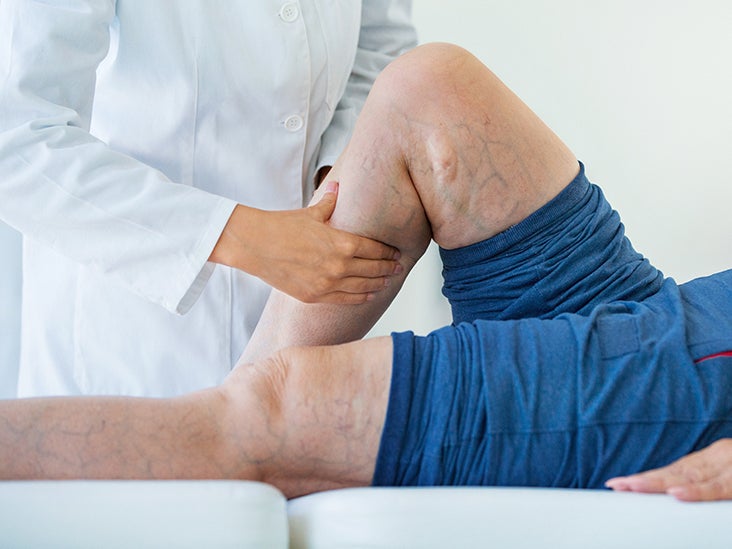Are you suffering from vein problems, or do you feel a burning, throbbing, heaviness, or pain in your legs? Keep this in mind: Neuralgia is something not to be messed with. Your nerves play an important role in your body. They pump blood back to your heart as it circulates throughout your body.
Without the ability to function properly, your nerves are unable to perform their duty. And this can lead to some serious problems. Heavy legs, in particular, are one of the most significant symptoms of vascular problems such as chronic venous insufficiency (CVI). CVI is usually caused by blood clots and varicose veins.

Although it may not be a serious condition at first, it can lead to serious complications later on. According to the Society for Vascular Medicine, more than 30 million Americans suffer from venous disease, but only 10 percent seek treatment.
About 20% of all adults will have varicose vein disorder, and although these diseases are more common for older people. If you notice any minimal symptoms of vein problems, don't hesitate to consult a vein specialist North Shore LI before it gets worse.
Here are the 5 signs that you need to see a vein doctor soon-
1. Leg discomfort-
Stuffy legs, in particular, are one of the most significant symptoms of vascular problems such as chronic venous insufficiency (CVI). It may seem normal for your legs to feel weak after standing for a long time, but in reality, it is not. This weakness can be a sign of a nerve problem. Varicose veins can make your legs feel weak and heavy, which is worsened by standing on them for hours.
2. Dry, itchy skin or rash near the ankle-
The symptoms you see on your skin are the result of high blood pressure levels in your damaged veins. With these broken veins, blood is not going back to your heart which means your skin will be damaged. Once it becomes an ulcer, you run the risk of a difficult healing process as well as a lot of pain. Therefore, if you notice discoloration in your feet and around your ankles, and/or dry, itchy skin, make an appointment with a vein clinic Long Island.
3. Swelling-
Swelling is one of the common symptoms of the condition of varicose veins. You can immediately consult a vein specialist Long Island for the varicose vein treatment procedure. The doctor may diagnose other vascular conditions related to your symptoms of inflammation.
4. Twisted veins-
Twisted veins are among the symptoms of venous insufficiency and varicose veins. Dilated and swollen veins are twice as common in women as in men. Varicose veins can put you at great risk. It is best to seek medical advice from a vein doctor South Shore to help with your vein problems before they get worse.

5. The veins are blue, purple, and bulging-
If you notice a change in the color of your veins, then you should consult a specialist. Your veins are turning blue or purple, and the bulge is caused by inflammation and irritation of your varicose veins. If you see this then you should go to a vein specialist as soon as possible.
Why Should You Visit a Vein Doctor?
Vein problems may seem common at first, although early intervention and treatment are vital to your health. Minor problems can lead to health conditions such as pulmonary embolism, thrombophlebitis, and deep vein thrombosis.
Your regular doctor is an excellent place to start if you have health concerns. However, when you have any specific concerns about your veins, you can take vein treatment south shore LI. The specialists at south shore LI can assess the condition of your nerves and provide you solutions if you have a problem.

